Embracing Traditions: Chinese New Year and the Year of the Dragon

As January comes to a close, millions of people around the world are gearing up to celebrate one of the most vibrant and significant festivals in the Chinese calendar – Chinese New Year. This year, the spotlight is on the majestic Year of the Dragon. For many Americans, this celebration may be shrouded in mystery, but fear not! In this article, we will explore the basics of Chinese New Year and delve into the symbolism and festivities surrounding the Year of the Dragon.
Understanding Chinese New Year:
-
Lunar New Year: Unlike the Western New Year celebrated on January 1st, Chinese New Year follows the lunar calendar. The date varies each year but usually falls between January 21 and February 20.
-
Spring Festival: Chinese New Year is also known as the Spring Festival, marking the end of winter and the beginning of spring. It is a time for family reunions, feasting, and honoring ancestors.
-
Red and Gold: Red is the predominant color during Chinese New Year, symbolizing good luck and warding off evil spirits. Gold represents wealth and prosperity. Houses are adorned with red lanterns, banners, and decorations to bring good fortune.
-
Traditional Foods: Families come together to share special meals during Chinese New Year. Dumplings, spring rolls, fish, and longevity noodles are commonly served, each dish carrying its own symbolic meaning for prosperity, good luck, and longevity.
Understanding the Year of the Dragon:
-
Dragon Symbolism: The Chinese zodiac follows a 12-year cycle, with each year represented by an animal sign. The Dragon is the only mythical creature in the zodiac, symbolizing power, success, and good fortune. People born in the Year of the Dragon are believed to be charismatic, ambitious, and natural leaders.
-
Dragon Parades and Dances: Celebrations during the Year of the Dragon are marked by colorful parades and lively dragon dances. Dragon costumes, often manned by a team of performers, wind their way through streets, accompanied by the rhythmic beat of drums and cymbals. These festivities are believed to bring good luck and chase away evil spirits.
-
Fireworks and Firecrackers: Fireworks and firecrackers are a vital part of Chinese New Year celebrations, especially during the Year of the Dragon. The loud sounds and bright lights are thought to scare away evil spirits and ensure a prosperous start to the new year.
-
Gift-Giving: It is customary to exchange gifts during Chinese New Year as a gesture of goodwill. Red envelopes, known as "hongbao," containing money are often given to children and unmarried individuals to wish them good fortune.
As we prepare to usher in the Year of the Dragon, let's take a moment to appreciate the rich cultural tapestry of Chinese New Year. The festivities, steeped in tradition and symbolism, offer a glimpse into the values of family, prosperity, and good fortune. So, whether you're attending a dragon parade, sharing a meal with loved ones, or giving and receiving hongbao, embrace the spirit of Chinese New Year and welcome the Year of the Dragon with open arms!
Celebrate with our favorite Year of the Dragon Chinese New Year inspired products:




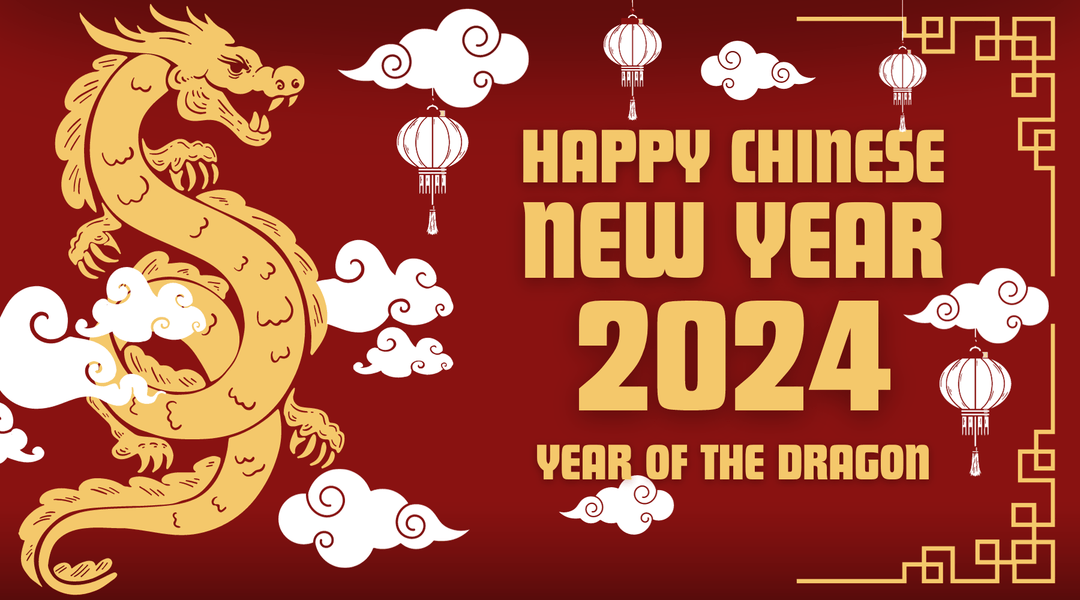






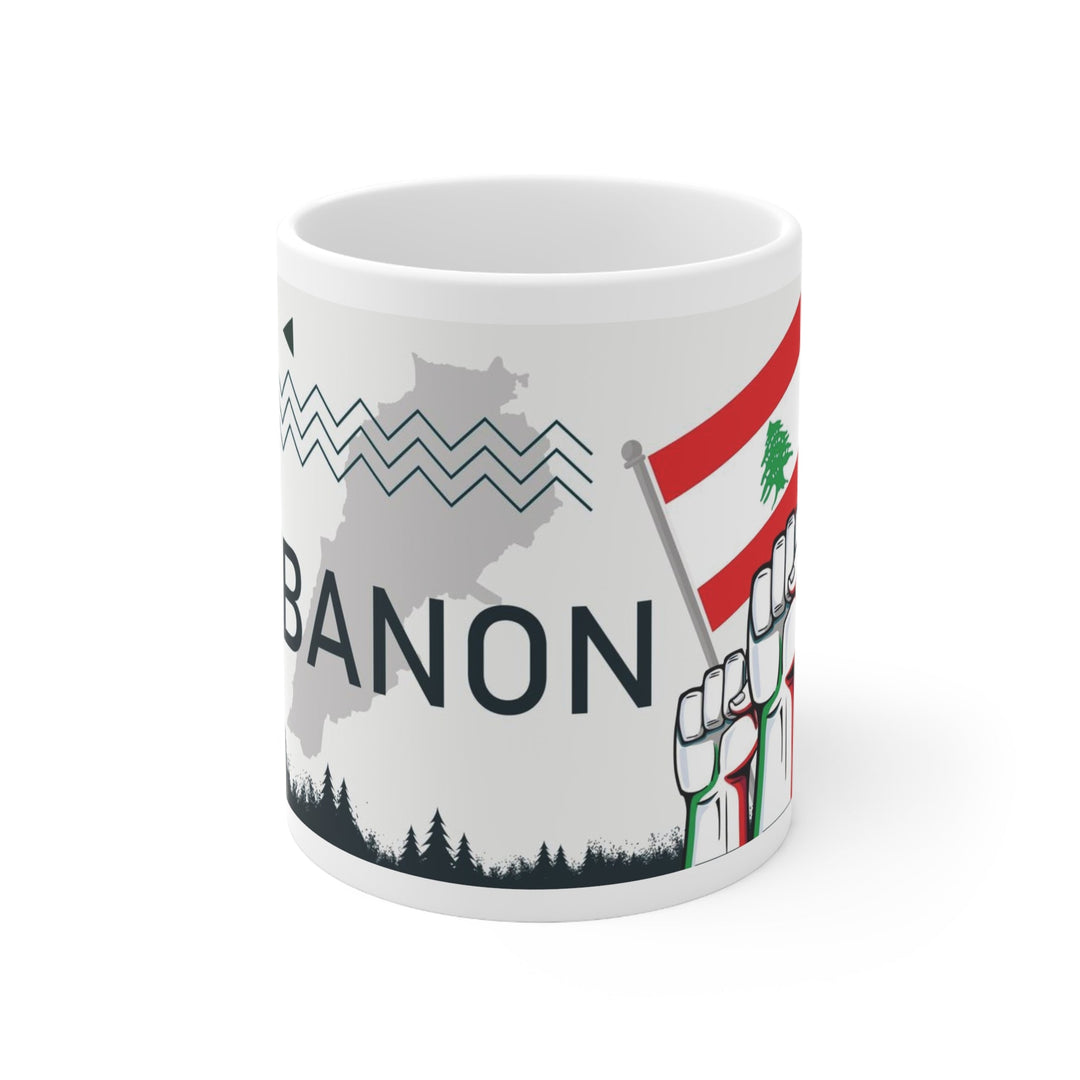
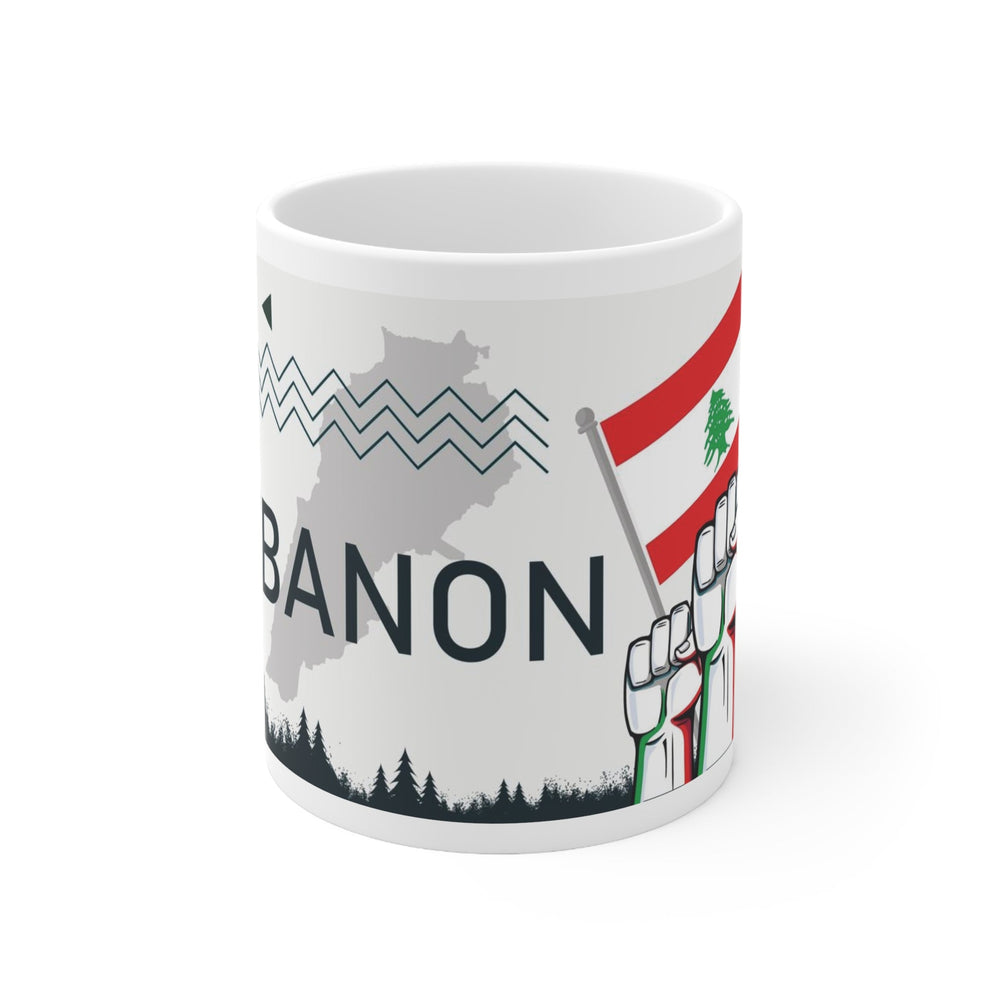

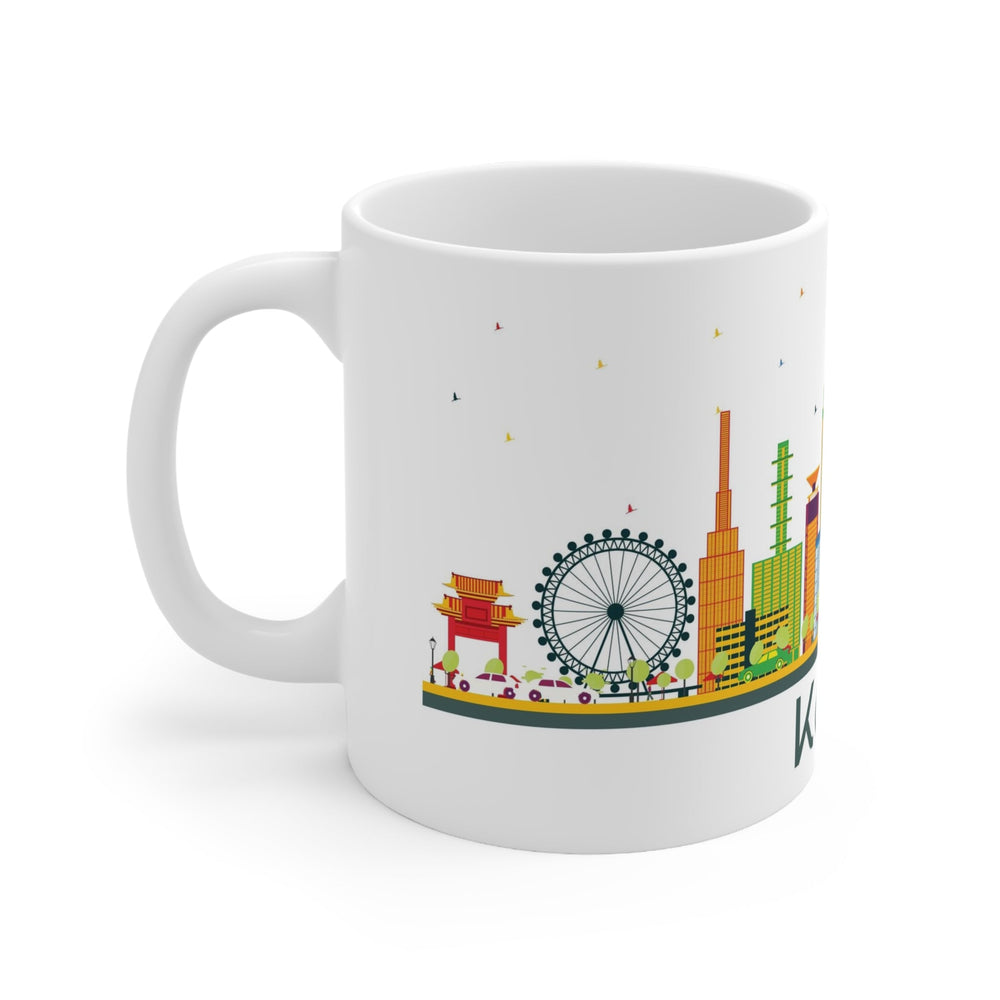


























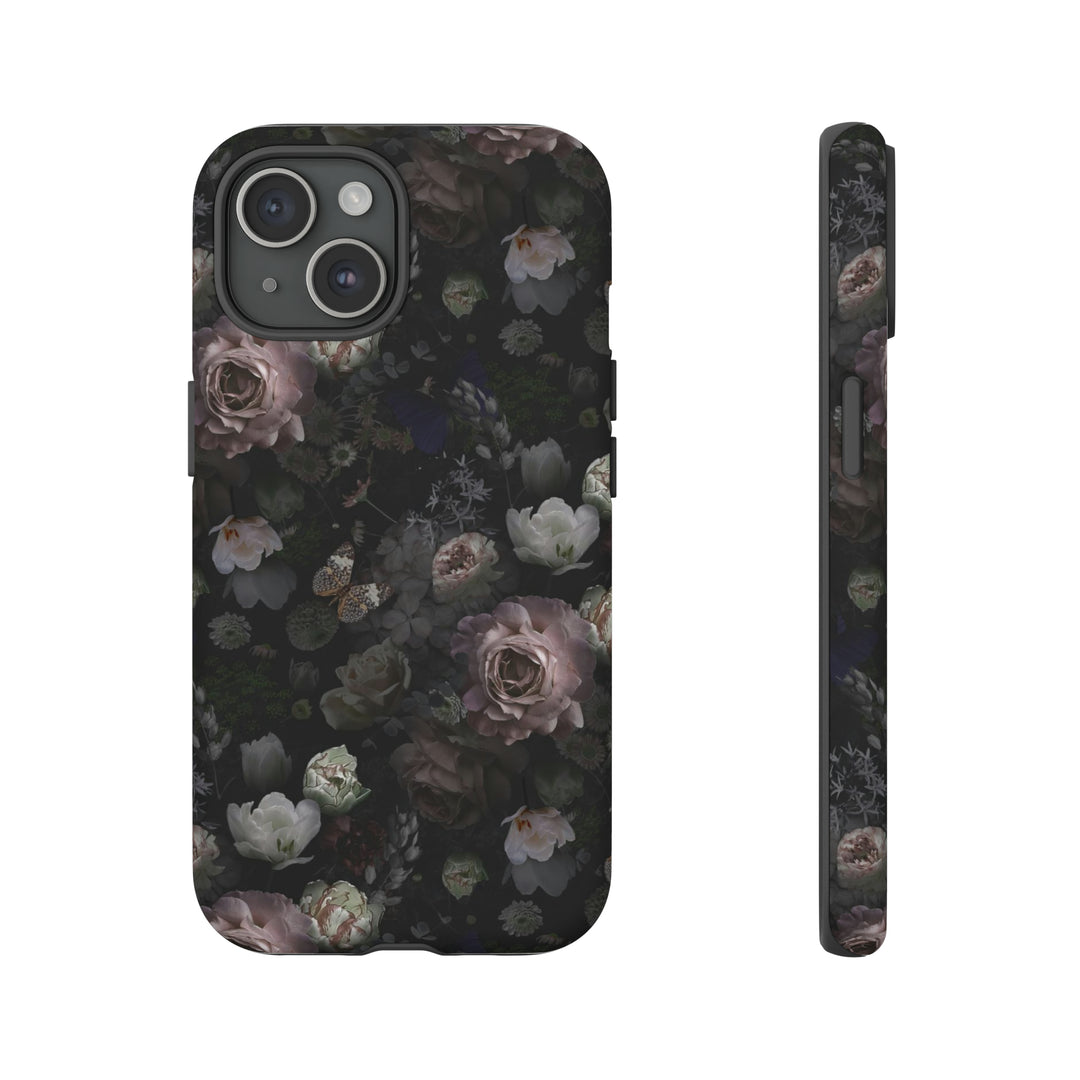
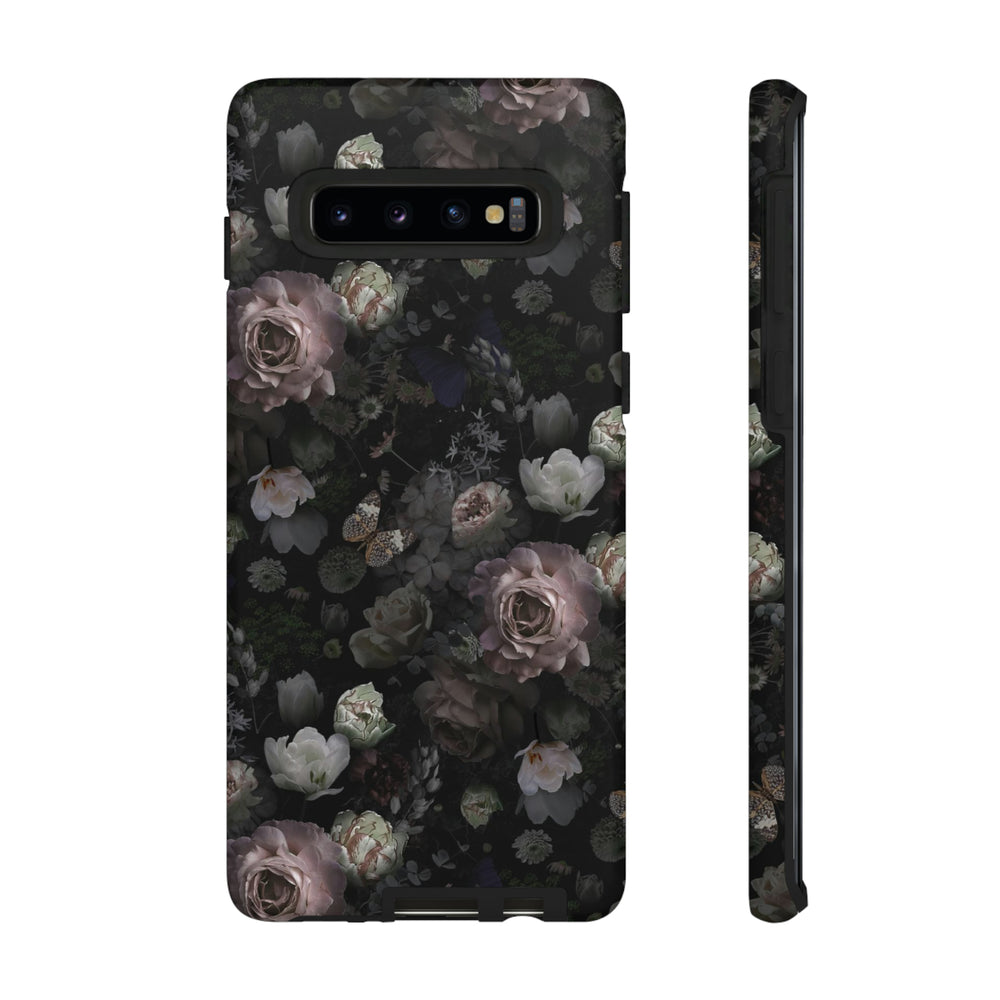



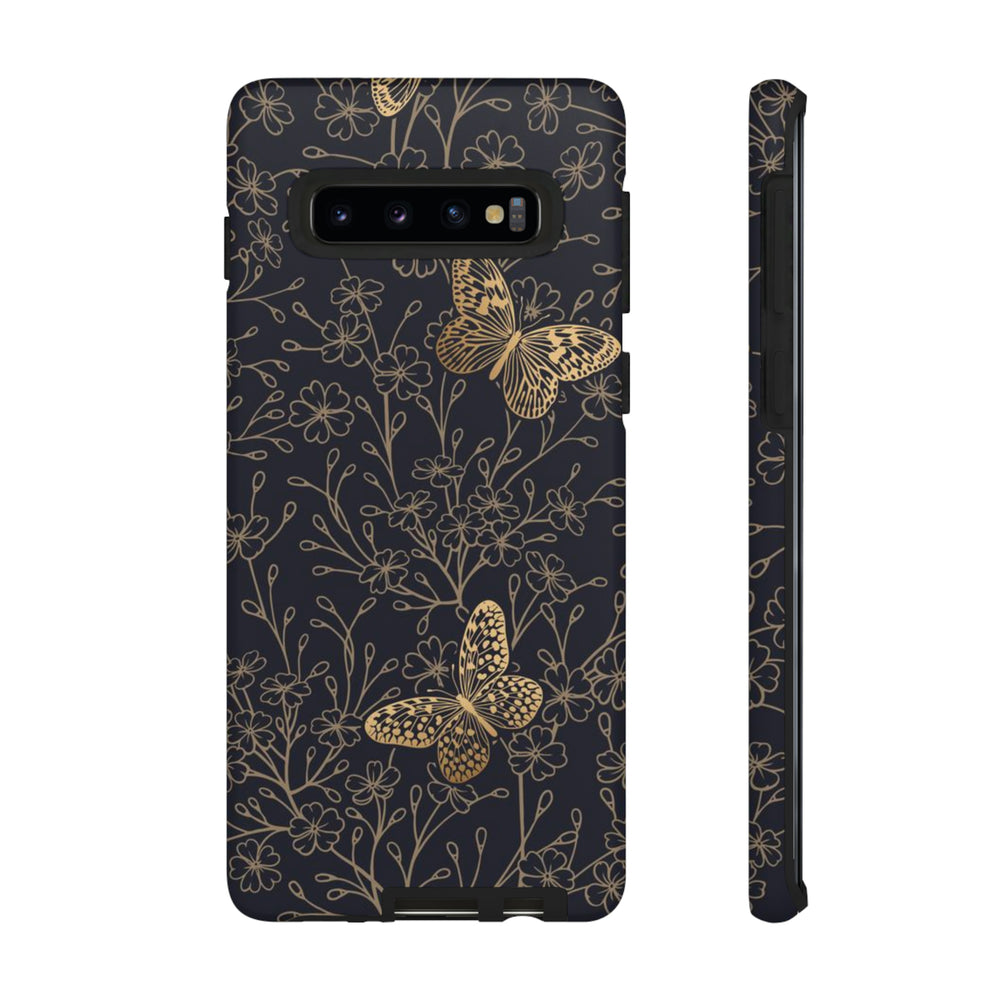





















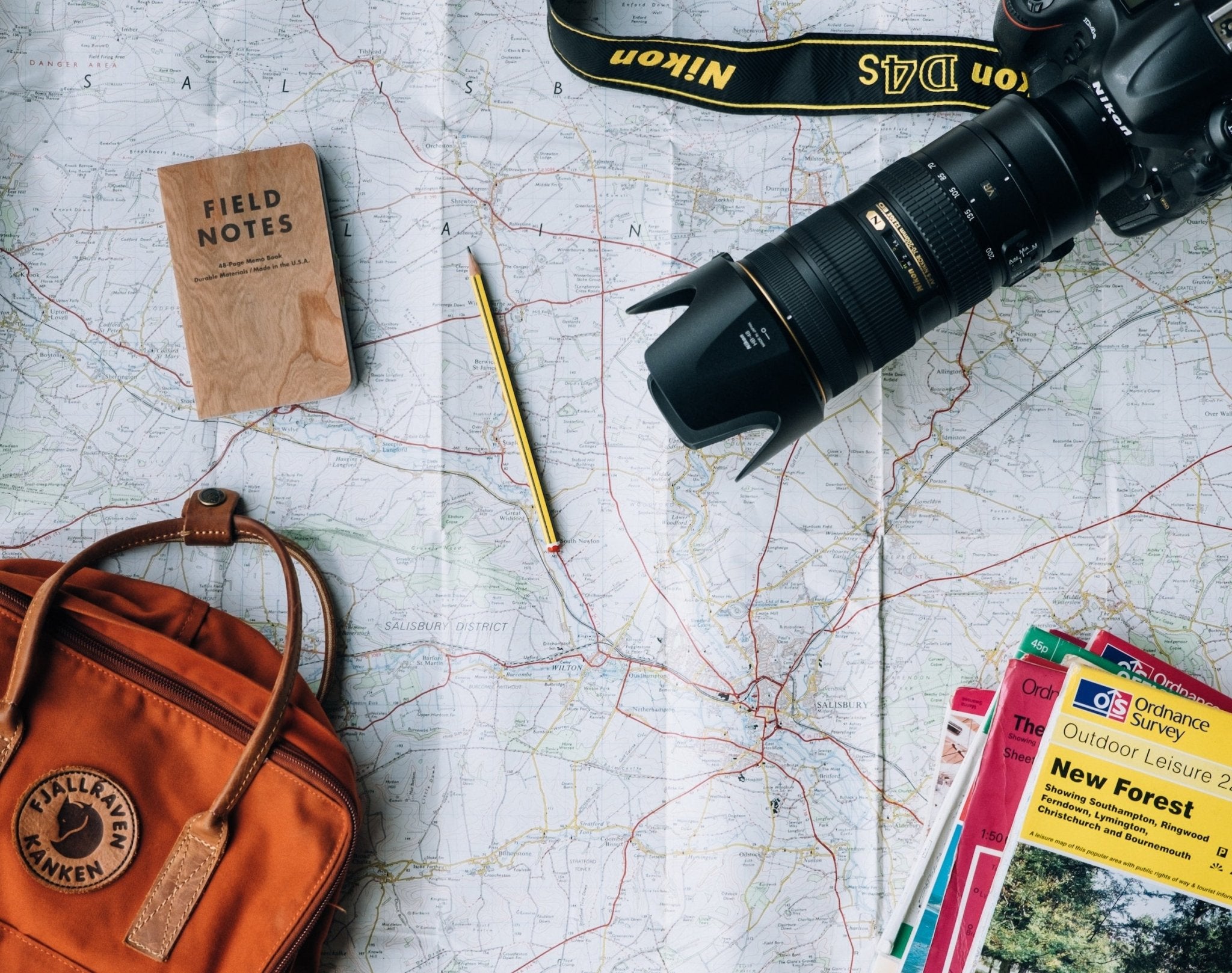


Leave a comment